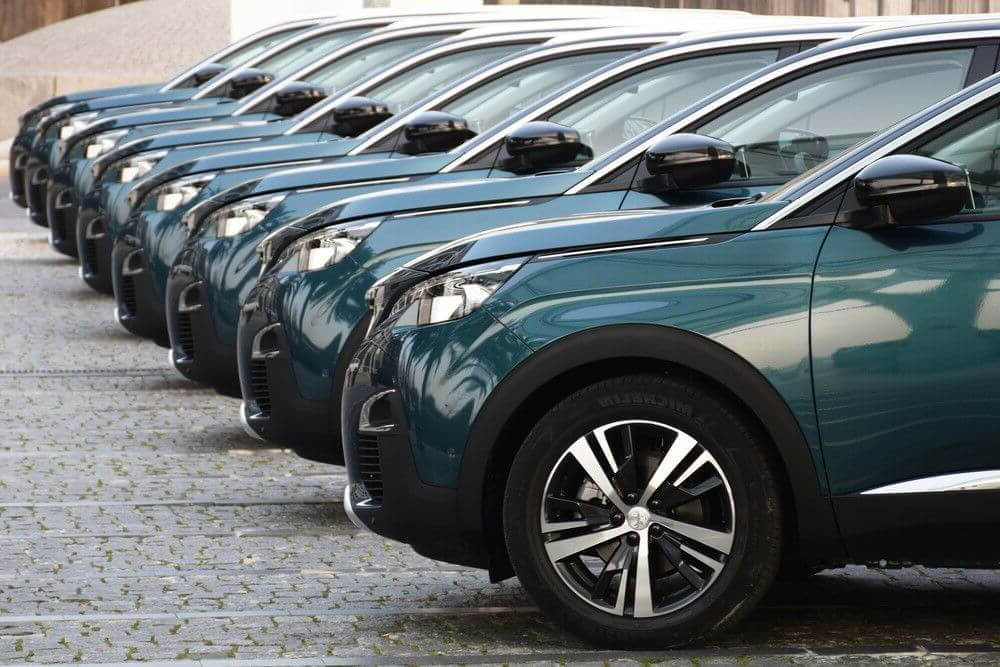EV Charging Infrastructure: Starting your Fleet Electrification Journey

The future is electric. In an effort to slow the impact of climate change, Governments are introducing environmental regulations and requirements to decrease the sale and use of internal combustion engine (ICE) vehicles, making fleet electrification inevitable. We are currently seeing a rapid change in the electric vehicle (EV) landscape meaning in the coming years fleet electrification is essential for environmental, economic, and regulatory reasons. A large number of fleets in Australia have already begun their gradual transition to electric, supported by both state and federal government incentives and subsidies such as the Victorian Acceleration of Zero Emissions Vehicle Adoption Program (AZEVA) and NSW EV fleets incentive. This transition away from fossil fuels and towards electricity as fuel enables companies to reduce the cost of deployment, total cost of ownership, emissions and meet government requirements. But what does it take to start the transition and make the most of electric?
When determining the needs of your fleet you should take into consideration several factors including fleet size, budget, electrical capacity, predicted daily travel range and predicted idle time. With these considerations in mind our experienced team at EVSE will work with you as your EV charging partner, providing you with the appropriate recommendations for EV infrastructure tailored to your situation.
Electric Vehicle Infrastructure
Firstly, you will need consider the size of your fleet and any plans to scale to understand the fleets electrical capacity requirements now and into the future. It’s essential the proposed location for your EV infrastructure has a sufficient electrical supply, at EVSE we collaborate with your utility and our experienced electrical contractors to identify the amount of power and obtain the capacity necessary. The electrical capacity should be tailored to the operational needs of your fleet. This could be vehicle type, battery capacity and route requirements.
Secondly you can consider what EV infrastructure is appropriate for your situation. Budget, fleet size and idle time are direct factors influencing the systems you will put in place. Depending on these factors you may consider a mixed system, meaning one fast charging DC unit and supplementary AC units. This set up is ideal for vehicles that need to be back on the road in a short period of time. The DC unit will fully charge a vehicle within an hour and the AC chargers will top up the remaining vehicles at a sufficient pace. Alternatively, an all AC set up is suitable for fleets that recharge overnight or have shorter daily travel requirements.
You should also consider how to optimise the smart capabilities of the charging infrastructure utilising specialised fleet software, Charge360, which enables you to manage and analyse your fleet. Charge360 aims to streamline the EV management experience for fleets allowing you to track individual’s workplace, home and even public charging sessions. This intelligent software goes beyond monitoring and analysing charge sessions and can also provide energy management, which shares and shifts the loads between charging allowing your site to always remain within its available capacity and avoid unnecessary upgrades.
The most important step in your electrification journey is to start it, get in touch with EVSE today and one of our experienced team members will aid in identifying the best hardware and software, providing you with the best fleet solution to help you succeed.


